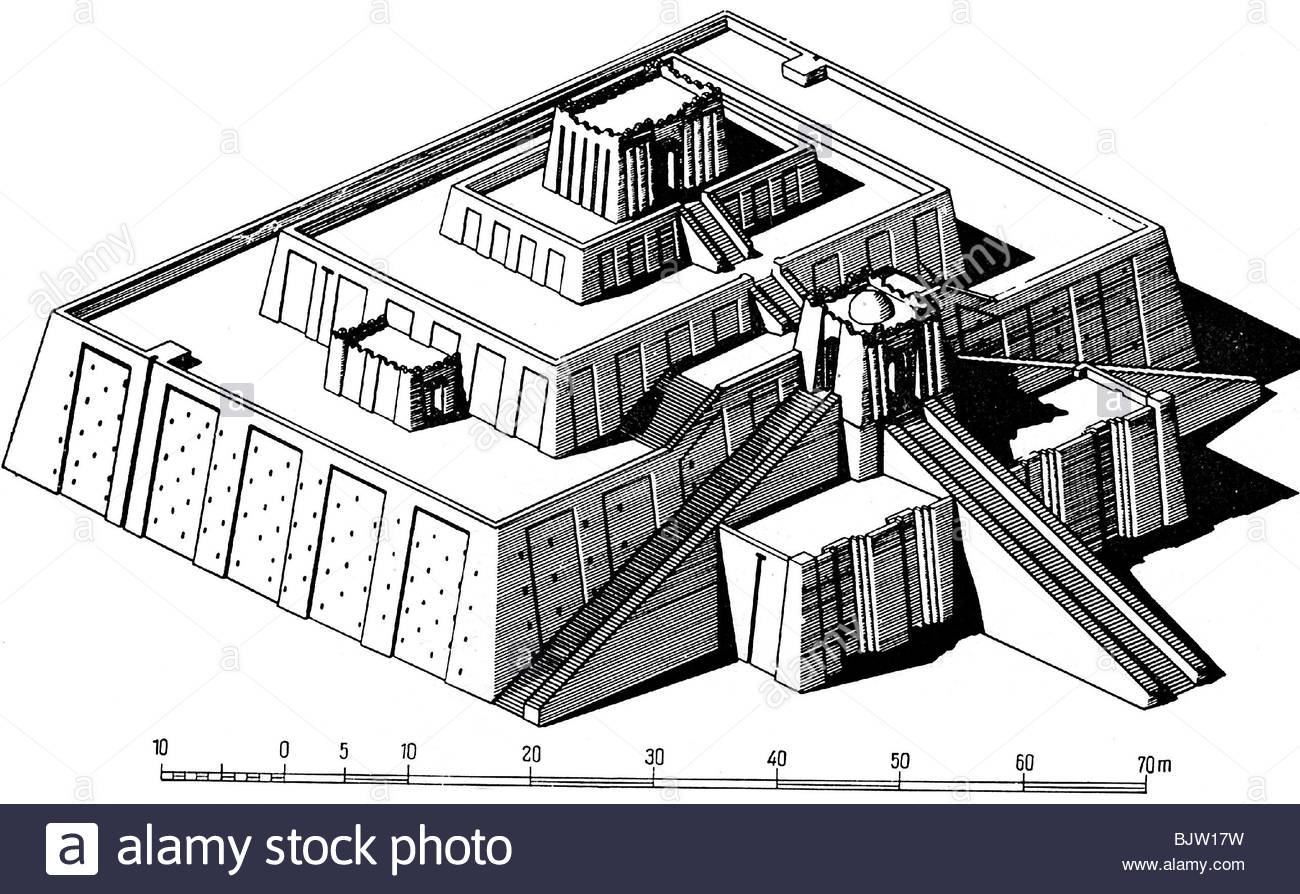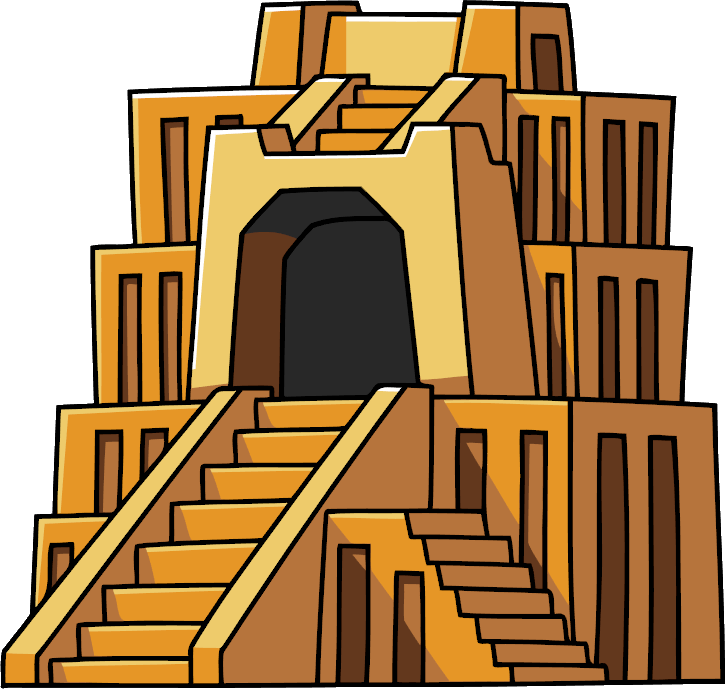

It is usually assumed that the ziggurats supported a shrine, though the only evidence for this comes from Herodotus 1, and physical evidence is nonexistent. Material: Mud-brick with burnt brick facing.Dimensions: 50 meters (170 feet) square or 40 × 50 meters (125 × 170 feet) at the base on average.Location: Mesopotamian valley and the western Iranian plateau.Topics: Religious Architecture, Temples, Desert Architecture, Pyramids, Massive Architecture.Ziggurat Architecture Technical Information The Mesopotamians held elaborate ceremonies and rituals at these temples, including sacrifices and offerings to the deities. Ziggurats were believed to be the earthly home of the gods and were revered as sacred spaces. The largest and most well-known ziggurat was the Temple of Marduk in Babylon, which was considered one of the Seven Wonders of the Ancient World. They were constructed with great precision and were often adorned with intricate carvings and decorations. These ancient structures were an integral part of Mesopotamian civilization and served as the focal point of religious activity.

The ziggurats were utilized as religious temples for the worship of the Mesopotamian deities, and they were recognized by their distinct square or rectangular bases and sloping walls. These impressive buildings consisted of multiple terraced levels that gradually receded and were primarily made of mud-brick. Ziggurats were monumental structures that were constructed in ancient Mesopotamia and western Iran. The ziggurat Architecture of Dur-Kurigalzu in 2010 | Mesopotamian Architecture


 0 kommentar(er)
0 kommentar(er)
